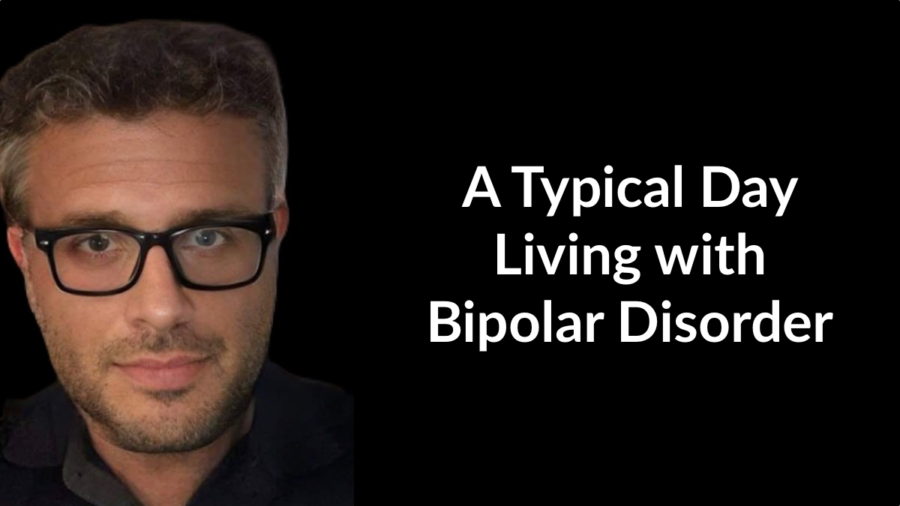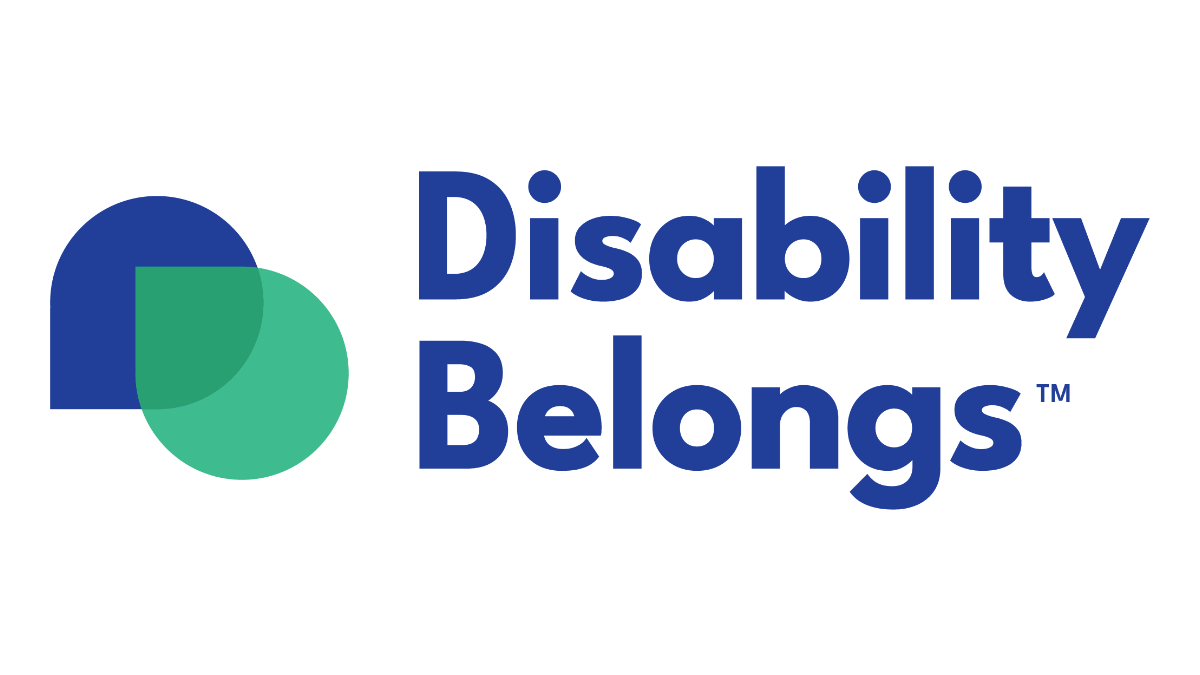
McKenzie Stribich
Over the last few years, I have done much-needed advocacy work for disabled people at my church, St. Luke’s Episcopal Church in Long Beach, a place whose people I love with all my heart. It is work I do out of love, both because I want my parish to be the welcoming place I know it to be myself, and because I understand the pain of exclusion. Throughout my advocacy work, I’ve told many personal stories to convey how dire it is that we make our faith spaces accessible. The following story is one I recently sent to my priests about how the lack of accessibility in the evangelical church in which I grew up negatively impacted me.
When I was a child and had surgery that landed me in a wheelchair during recovery, I couldn’t attend Sunday school with the children my age because the room for my grade was upstairs and the church had no elevator. And so, I attended Sunday school with the grade above me because their classroom was downstairs. For the next few years, I moved from grade to grade with the older kids. [continue reading…]


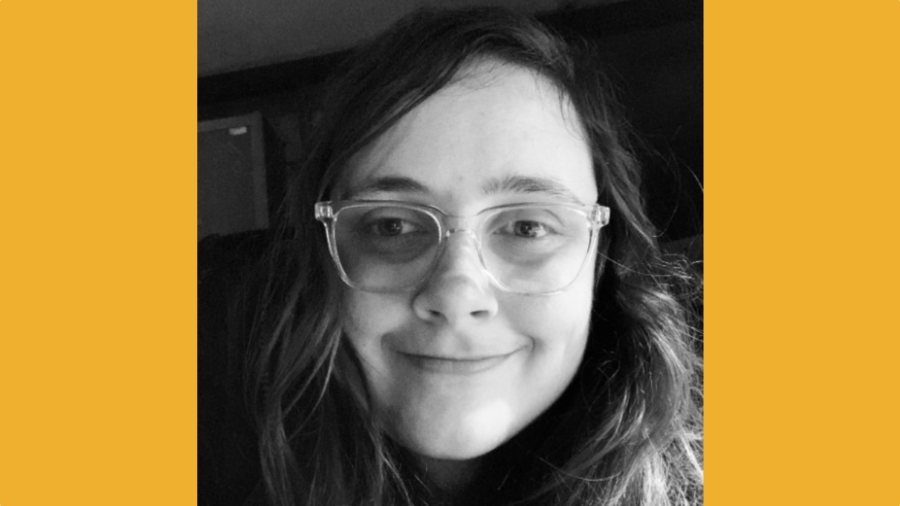
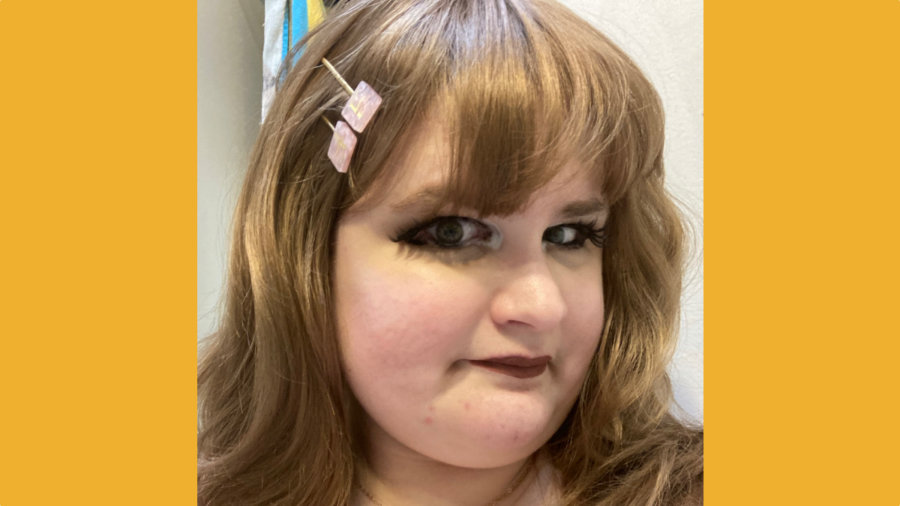
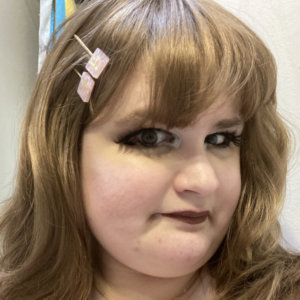
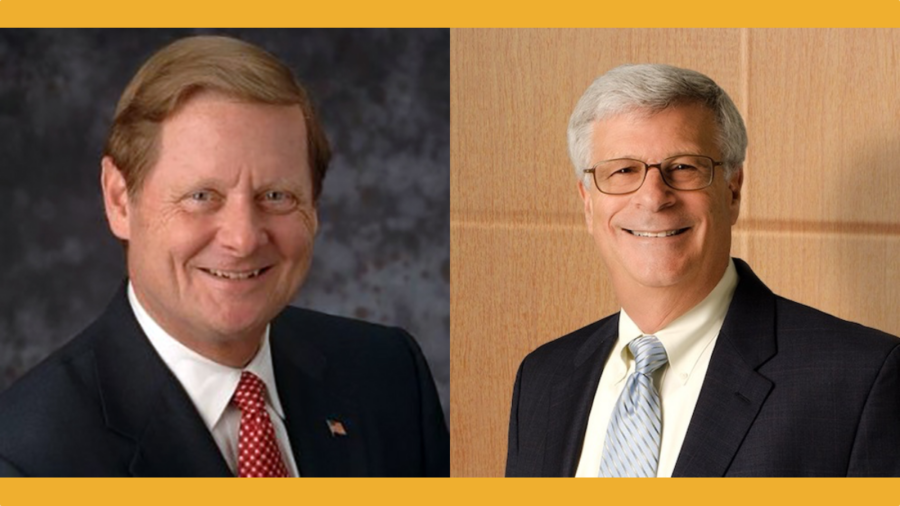
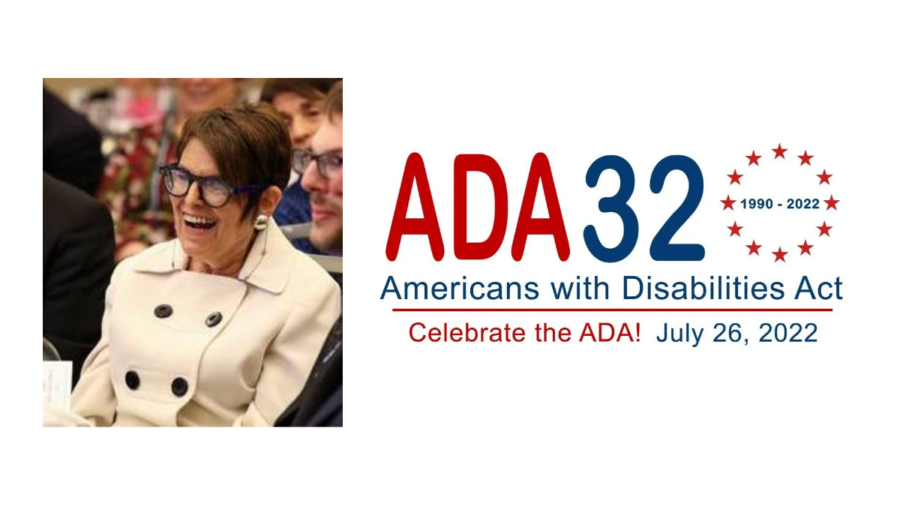

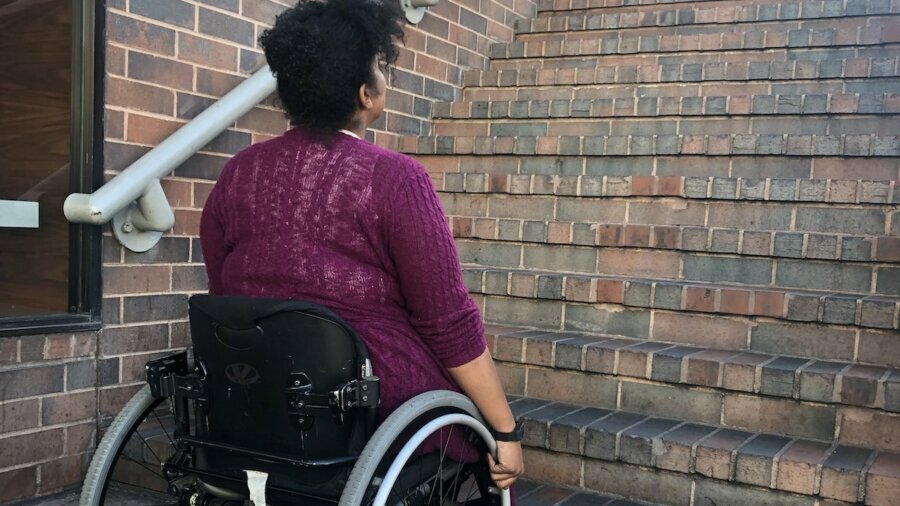
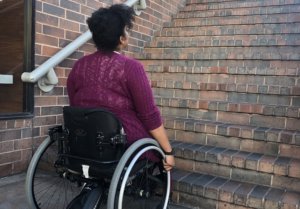 July is Disability Pride Month. It commemorates the passage of the Americans with Disabilities Act (ADA) on July 26, 1990. The ADA is a milestone civil rights law that prohibits discrimination against individuals with disabilities in all areas of public life, including employment, education, transportation, and all public and private places that are open to the general public. However, mosques, synagogues, churches, and other religious institutions are largely exempt from ADA regulations.
July is Disability Pride Month. It commemorates the passage of the Americans with Disabilities Act (ADA) on July 26, 1990. The ADA is a milestone civil rights law that prohibits discrimination against individuals with disabilities in all areas of public life, including employment, education, transportation, and all public and private places that are open to the general public. However, mosques, synagogues, churches, and other religious institutions are largely exempt from ADA regulations.

